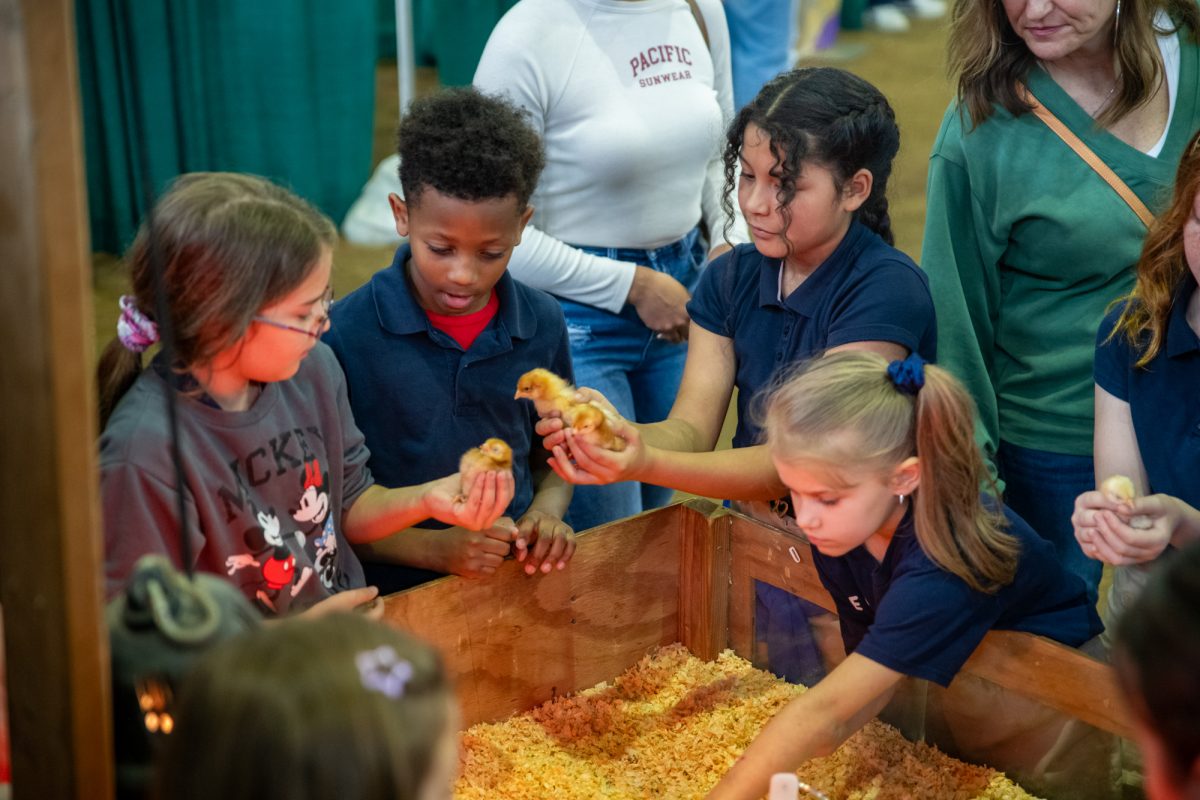The University currently is collaborating with Our Lady of theLake Regional Medical Center to study why medical professionalsseem disinclined to use information technology.
A grant of nearly $1 million from the National ScienceFoundation enables the team to conduct the study.
“We’re using technology every day but we, along with all otherhealth care organizations, are having trouble getting physicians touse technology,” said Dr. Stephanie Mills, the OLOL representativein the project.
Mills said technology can decrease medical and drug errors.
Something as simple as a doctor’s illegible handwriting cancause a pharmacist to prescribe the wrong prescription. Importantinformation about allergies or illnesses could be left off charts,Mills said.
Mills said physicians’ refusal to use technology is a hugeproblem that is difficult to study.
The team wants to determine how they can decrease the barriersbetween technology and medicine, Mills said.
The collaboration between a public university and a privatemedical center resulted in a very productive partnership, Millssaid.
Mills said she always had an interest in information technology.One night she met Sonja Wiley-Patton, assistant professor ofinformation systems and decision sciences, while treatingWiley-Patton’s daughter.
Wiley-Patton kept in touch with Mills and the two eventuallybecame close friends. Mills kept her informed of different projectsin progress at Our Lady of the Lake.
Mills said she hopes OLOL will become a model for other healthcare organizations through the study.
Use of technology among physicians includes online physiciandocumentation, online result viewing and accessible information atthe point of care.
Wiley-Patton wrote the grant for the project with three otherfaculty members based on her dissertation research.
Wiley-Patton said she and her team chose OLOL because it ishighly advanced in its use of technology.
The University team will use questionnaires, focus groups andinterviews to gather their results.
“We want to determine whether, for example, there aredifferences between how pediatricians and surgeons use technology,”Mills said.
The project will have broad implications and touch all positionsin medicine, Mills said.
The ultimate goal of this project is to save lives and preventerrors, Wiley-Patton said.
Results of the experiment also could be useful in cutting costin the health care industry and patients and preventinglawsuits.
Deaths resulting from medical errors reached 100,000 in the pastyear.
NSF grant enables University to partner with hospital
October 6, 2004





